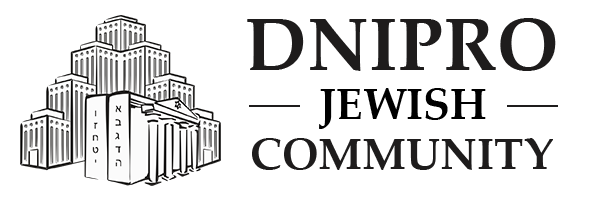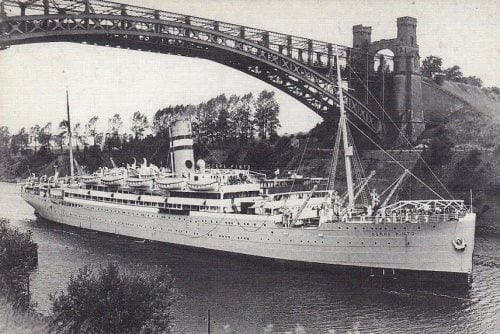On the 28th of Sivan, we commemorate 84 years since the arrival of the Seventh Lubavitcher Rebbe, Rabbi Menachem Mendel Schneerson, and his wife, the righteous Rebbetzin Chaya Mushka, in the United States of America—a moment of salvation from the looming danger of the Nazis.
When World War II broke out, Rabbi Menachem Mendel Schneerson and Rebbetzin Chaya Mushka were living in Paris. The Sixth Lubavitcher Rebbe, Rabbi Yosef Yitzchak Schneersohn, who was already residing in the United States at that time, made tremendous efforts to rescue his daughter and son-in-law. After numerous letters and phone calls, Rebbe Rayatz was able to arrange for their evacuation—a mission that marked the beginning of a new era in the global spread of Chassidism.
The website https://www.chabad.org describes it as follows:
“While his father-in-law did all he could to secure the future Rebbe and Rebbetzin’s secure passage to America, Rabbi Menachem M. Schneerson, who at the time was known by his acronym, the Ramash, faced a Paris in upheaval. The few months of quiet gave way to Germany’s June 5, 1940 invasion of the 400-mile stretch of land between Abbeville and the Upper Rhine. By June 14, a swastika could be seen atop Eiffel Tower.
Two days before the occupation of Paris, the future Rebbe and Rebbetzin fled for Vichy. From there, they went to Nice and on to Marseille. From there they fled from France and on to Lisbon, Portugal, where they boarded the S.S. Serpa Pinto for the New World.
While fleeing, most passengers carried a suitcase or two, but the Ramash through all his travels and the turmoil took many cases of scholarly books and manuscripts written by Chabad-Lubavitch leaders, many of them passed down from each Rebbe to the next.
Amongst the items he brought were notes of the Ramash’s many public talks on the weekly Torah portion and classes on the Talmud. Many of the teachings, which the future Rebbe would continue to commit to writing for the remainder of his life, comprised deep analytic interpretations of a specific source text that would then flow into the Kabbalistic and Chasidic lessons which he distilled so that everyone could apply those teachings to their daily lives.
“Little is known about the Rebbe’s stay in Portugal,” states the website of the local Jewish community, Comunidade Israelita de Lisboa, that to this day celebrates the fact that the Ramash stopped there on his way to the United States. “What is known is that in the collection of the writings of the Rebbe, there are notes from a lecture in a local synagogue, written during his stay in Portugal on a very obscure text from the Talmud.”
The Rebbe once analyzed a puzzling Talmudic expression about finding a fish for a sick person, basing his analysis on other Talmudic sources and many commentaries before framing the discussion according to the teachings of Kabbalah. He described a fish’s life as a metaphor for Jewish existence.
Fish survive because they know their environment and they remain immersed in it, the Rebbe wrote. If you see a fish flailing on the dock, its prognosis is instantaneous and universal.
The same can be said for the Jewish people, he concluded. A Jew has his own environment and source of spiritual nourishment: the Torah. Like the sick person in the Talmud, a Jew sometimes tries to live “out of the water,” and unlike the fish, his source of vitality isn’t always apparent to all. The key for the Jew is to recognize his source of life.”
Read more here: Chabad.org – Inspiring the Jewish American Revolution




